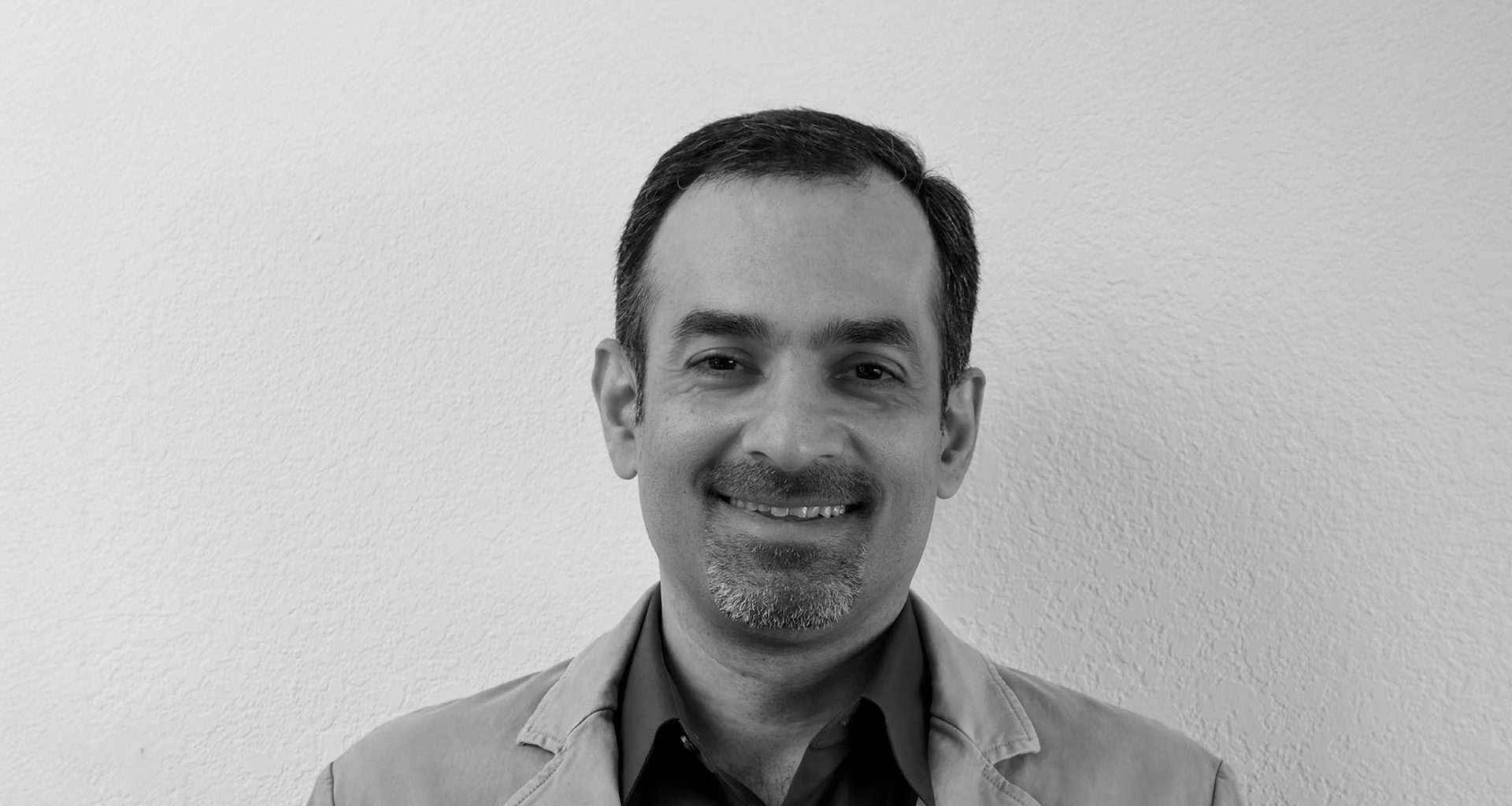Most AI projects stall before they ever reach the market. They look impressive in demos, generate excitement from stakeholders, and then quietly disappear. Ahmad Fattahi, Senior Director of Data Science at Cloud Software Group, has spent years studying why some AI solutions succeed while others never make it past the prototype phase. His work on Spotfire Copilot and enterprise automation tools taught him that technical brilliance means little if the product never reaches customers.
Start With The Problem, Not The Model
Too many teams rush to adopt the newest AI framework before they even know what problem they are solving. It is backwards, and it is why so many projects fail. “Before a single line of code or prompt is written, align on the problem you are solving,” Fattahi says. When his team worked on Spotfire, they did not begin with model architectures or prompt engineering. They started with customer pain. What did users actually need? “At Spotfire, we knew customers wanted faster insights for expert users and a shorter learning curve for beginners, not just another dashboard,” he explains. That clarity guided every decision that followed. No feature discussion or technical debate happened without checking it against that core need. The concept phase carries real weight. Validate that the problem exists. Define what success looks like. Get your cross-functional team aligned around the user instead of falling in love with the technology. And here is the part most teams skip: talk to real users. Talk to a lot of them. Build personas, map use cases, and understand the different ways people will interact with what you are building.
Design For Iteration, Not Perfection
Nobody likes to show unfinished work. But polished prototypes take time, and time kills momentum. The first Spotfire Copilot prototype was far from perfect. “Building AI is messy, and that is totally okay,” Fattahi says. His team put that early version in front of real users quickly, built structured feedback loops, and kept refining it. Deployment, he emphasizes, is not the finish line. “The key is to treat deployment as product evolution, not a finality.” Minimum viable products and internal pilots become the testing ground. Start with a small core group, learn what breaks, fix it, then expand in stages. Each round reveals lessons that the last one could not.
Take Intentional And Measured Risks
Playing it safe sounds wise until you realize it is not. “Not taking any risk is not necessarily the safest path either,” Fattahi says. The real question is understanding what you are risking and why. Spending two weeks proving that a concept might fail is not wasteful if it prevents months of misguided development. That is not reckless. That is smart. Begin where failure has the least impact. Test ideas on low-sensitivity areas of the business first. Build trust, prove that the approach works, and then expand into customer-facing or regulated environments. Once you have demonstrated results, people stop seeing risk and start seeing opportunity.
Operationalize And Own The Whole Life Cycle
Launch day might feel like a victory, but it is not the finish line. “Shipping the product is just the midpoint,” Fattahi says. Success comes from tracking performance, working with users and go-to-market teams, and ensuring the solution fits into real workflows. The Spotfire team invested in tooling, trained people thoroughly, and secured leadership support so the solution would last beyond its first release. Technology never stands still, and neither should your team. They dedicated time and resources to continuously evaluate new developments as they emerged. That ongoing discipline prevents what Fattahi calls “the graveyard of great demos that never see the sunlight.” Products need constant attention, regular updates, and alignment with evolving business goals.
The gap between prototype and product often comes down to scope. “To execute an AI product from idea to impact, you need more than a model. You need a mission, a team, and a strategy that spans the entire lifecycle,” he says. Fattahi’s challenge to anyone starting an AI initiative is direct: are you building a product or just a prototype? Bringing an AI concept to market is not complicated, but it does take discipline. Focus on the real problem. Get comfortable with messy progress. Take smart risks. Own the entire lifecycle, not just the launch. Do that, and AI products can move from idea to market without losing speed or business impact.
Connect with Ahmad Fattahi on LinkedIn to explore more insights on AI product strategy and real-world deployment.











